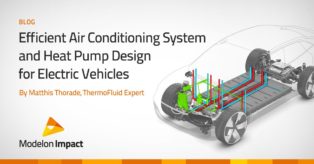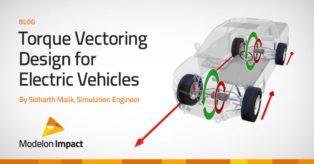車両ダイナミクス・ライブラリにモータースポーツ機能を追加リリース
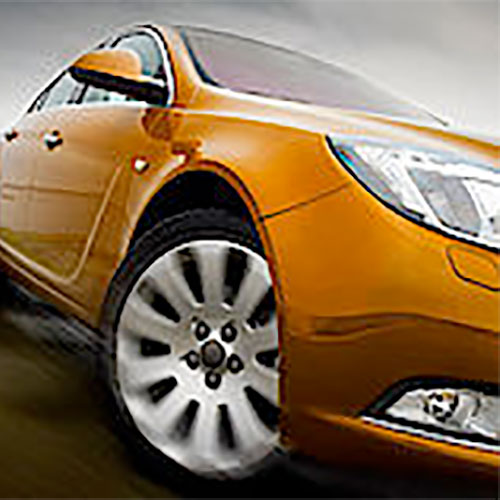
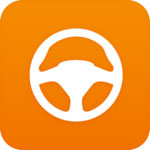
In a continuous effort to support the needs of motorsport manufacturers and engineers, Modelon has released new features to our world-renowned Vehicle Dynamics Library (VDL). Due to previous contractual constraints some functions and components were only available to select customers. In the latest release, Vehicle Dynamics Library 3.0, Modelon has expanded motorsport functionalities through the addition of new features and models as well as the release of limited availability features.
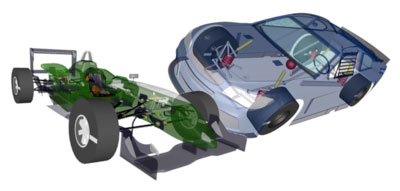
Limited Availability Motorsports Features – Now Available
- Pushrod/Pullrod Suspension Linkages: Twenty additional suspension pushrod/pullrod linkages have been added that include kinematic or compliant variants of steerable and non-steerable suspensions allowing any combination of linear or rotational springs and dampers.
- Truck Arm Rear Suspension: A truck arm rear suspension has been added that is typically used by NASCAR customers. This suspension is also ready-to-use for real-time applications.
- Torsion-Bar Antirollbars: Two torsion-bar antirollbars have been added, Torsion-bar and Torsion-bar/MonoStrut. These type of antirollbars are quite typical in open wheel chassis due to packaging constraints.
- Ground Impact Models: These models provide accurate reactive forces when chassis components/bodyworks impact the ground/road surface. Typical applications are modeling of impact forces when the valence, splitter or skid plate contacts the ground.
Existing Motorsports Features
- Tuners and Tunables: These components can be used to adjust many different properties of the vehicle, such as camber, toe, and ride heights. For example, the length of the tierods in a suspension are often adjusted until a desired static toe is achieved.
- Ground Proximity Sensors: Ground proximity information is commonly required in vehicle dynamics simulations. Most commonly, this information is used in the contact calculations for wheels. Other applications include ride heights for aerodynamics calculations and ground impacts.
- Ride Height Dependent Aerodynamics Models: Four aerodynamics models that are dependent on front/rear ride heights. The different models demonstrate how to represent lift/drag/side aerodynamic forces using either a polynomial or tabular data.
- Cornering Ground Model: This ground model allows modification of the ground surface curvature based on input signals. The chassis velocity and curvature result in lateral, longitudinal and vertical accelerations being applied to the vehicle. This model is typically used to evaluate chassis states at different points on the race track.
